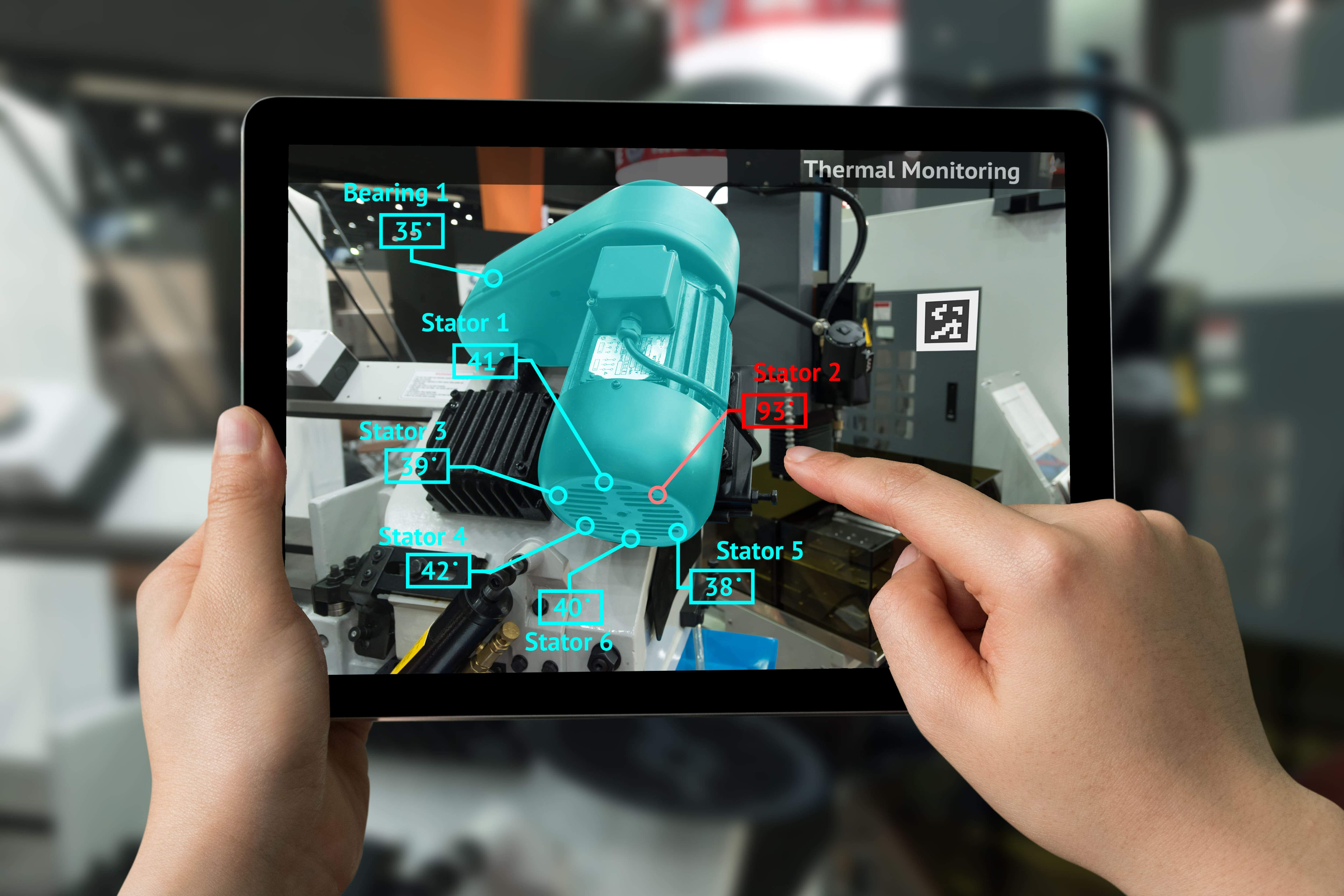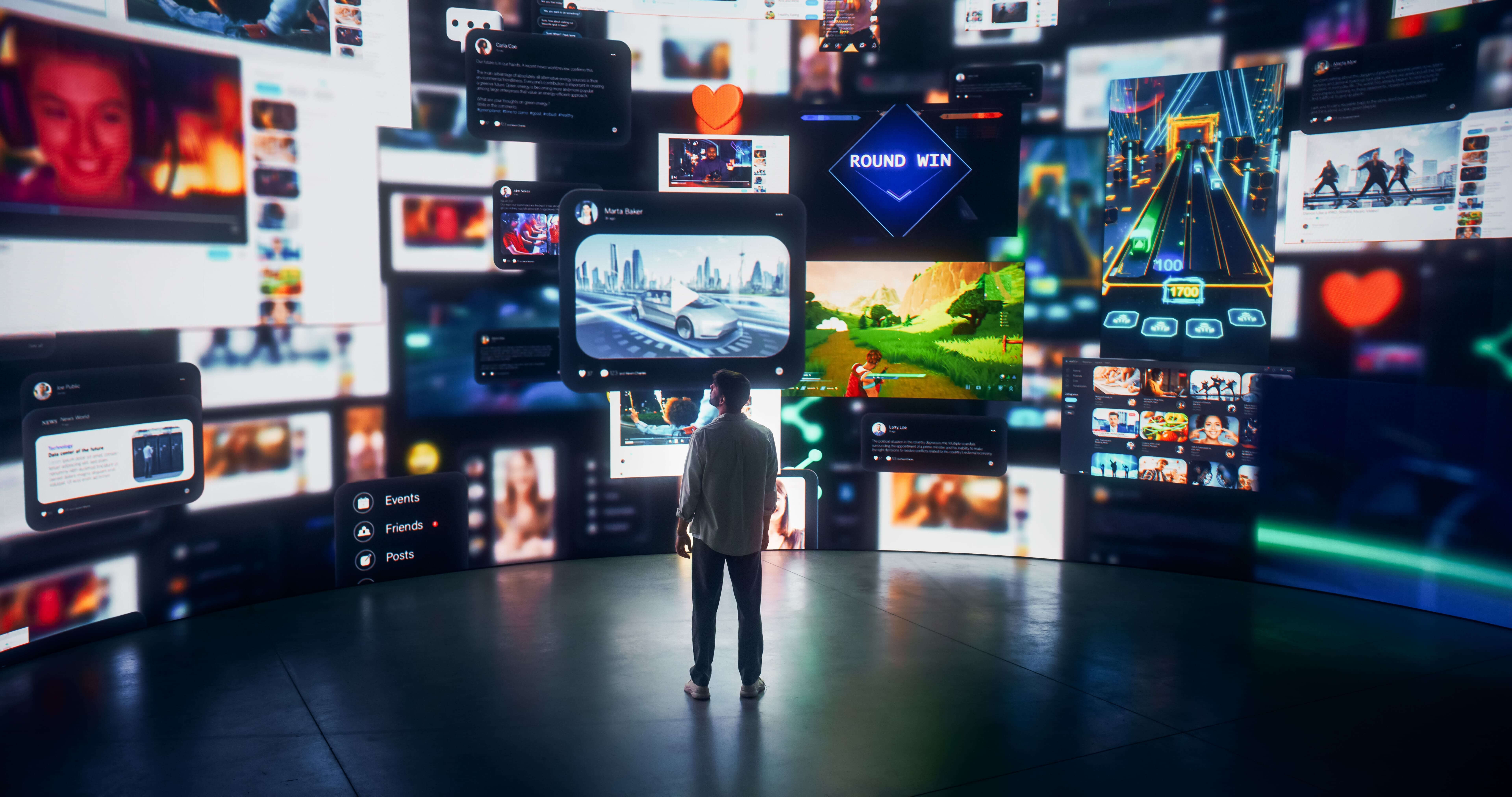Augmented reality (AR) has transcended beyond being just a buzzword to becoming a core strategy for enhancing user engagement and providing immersive experiences across various sectors. From retail and education to healthcare and tourism, AR is revolutionizing the way we interact with the world around us. In this blog post, we will explore some successful implementations of augmented reality platforms that showcase the versatility and potential of AR technology.
Retail Renaissance: IKEA Place
One of the most cited examples of augmented reality's success in retail is IKEA Place. This app allows users to visualize how furniture would look and fit in their own space before making a purchase. By leveraging Apple's ARKit technology, IKEA Place offers realistic, true-to-scale 3D models of furniture, enabling customers to make more informed decisions. This innovative use of augmented reality has not only enhanced the shopping experience for customers but also significantly reduced product return rates, proving that AR can be a powerful tool in briditing the gap between online and physical retail spaces.
Educational Evolution: Google Expeditions
Augmented reality has made significant strides in transforming educational content, making learning more interactive and engaging. Google Expeditions is a prime example, providing students and teachers with AR and VR tours covering a wide range of topics, from historical landmarks to the human anatomy. By bringing abstract concepts to life, Google Expeditions has enhanced classroom learning, allowing students to explore and interact with 3D objects and environments, thereby improving comprehension and retention of complex subjects.
Healthcare Innovation: AccuVein
In the healthcare sector, augmented reality is being used to improve patient outcomes and streamline medical procedures. AccuVein's AR technology exemplifies this by using AR to visualize veins under the skin's surface, making venipuncture (the process of inserting a needle into a vein) quicker, more accurate, and less painful for patients. This practical application of augmented reality has proved invaluable in medical settings, showcasing AR's potential to not only improve procedural efficiency but also enhance patient care and comfort.
Tourism Transformation: AR City Guides
Augmented reality is redefining the tourism industry by enhancing the way travelers explore and interact with their surroundings. AR city guides and applications, such as those developed by companies like Detour and AR City, offer interactive, location-based experiences that provide tourists with historical context, directional cues, and cultural insights. By overlaying digital information onto the real world, these AR guides create immersive and personalized tour experiences, adding a new dimension to travel and sightseeing.
Conclusion: The Expanding Horizons of Augmented Reality
The examples provided above only scratch the surface of augmented reality's potential and its impact across different industries. From transforming the retail landscape to revolutionizing educational content, improving healthcare procedures, and enhancing tourism experiences, AR is proving to be a versatile and effective tool. As augmented reality technology continues to evolve and become more accessible, we can expect to see even more innovative and successful implementations. The future of augmented reality is bright, and its possibilities are seemingly endless, promising a world where digital and physical realities coalesce to create experiences beyond our wildest imaginations.




